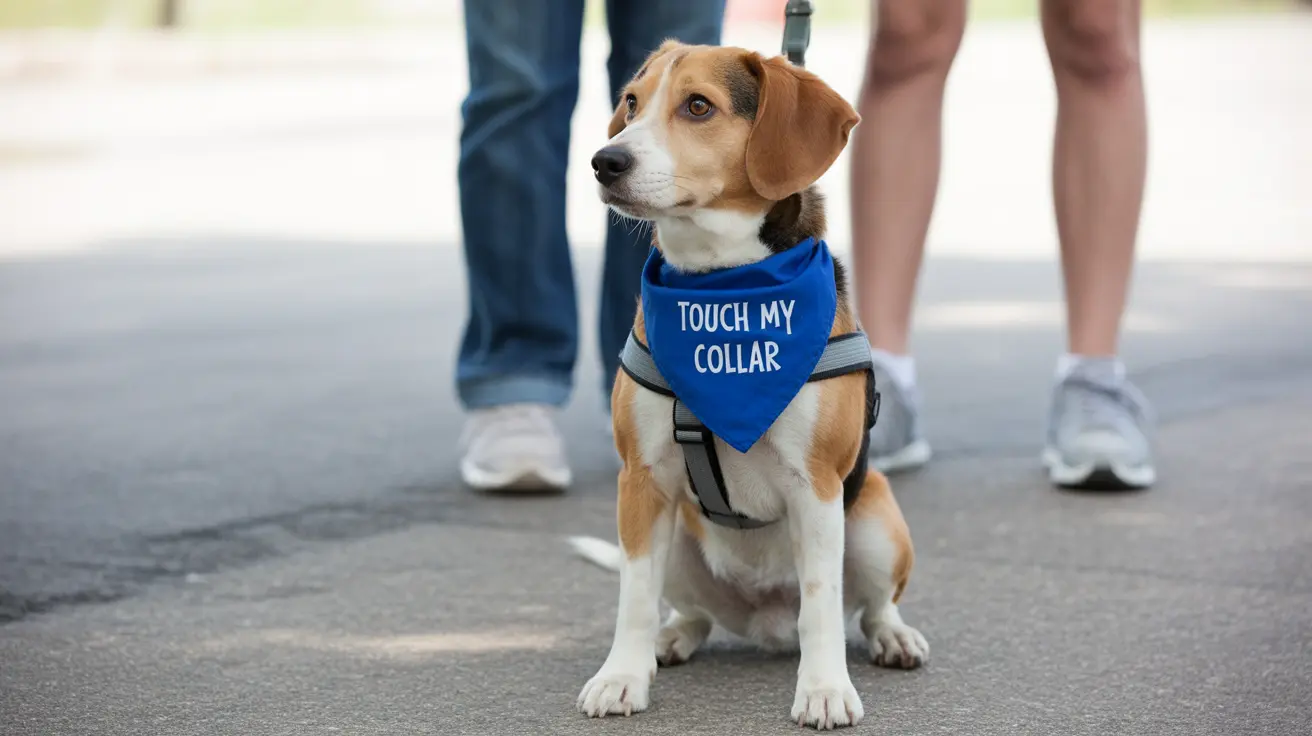How Dogs Perceive Time: What One Hour Feels Like to a Dog
For thousands of years, humans and dogs have shared a unique and mutual companionship. One of the intriguing aspects of this bond is how dogs perceive time, especially when left alone. Many dog owners wonder: How long does one hour feel to a dog? While we can't ask dogs directly, scientific studies and behavioral insights offer compelling clues.
Understanding Canine Time Perception
Unlike humans, dogs do not experience time based on clocks or schedules. Instead, their understanding of time is based on:
- Routine and patterns - Dogs become attuned to regular events like meal times, walks, and bedtime.
- Sensory cues - Their keen sense of smell helps them detect changes in scent intensity over time.
- Behavioral observation - Dogs watch for human activity, gestures, and mood shifts to anticipate what’s coming next.
A dog’s sense of smell is estimated to be 40–50 times more sensitive than ours. With more than 300 million scent receptors, dogs detect subtle chemical changes in the environment, which may help them measure the passage of time in ways we can't perceive.
Dogs and the Passage of Time
Studies using separation tests and behavioral observations suggest that dogs do recognize different lengths of absence. For instance, a dog may exhibit more excitement after a two-hour separation than after a 30-minute absence.
This implies that dogs can gauge relative time but not necessarily understand the concept of “an hour.” Instead, what feels like an hour to us may feel longer to a dog—often influenced by their emotional state and attachment level to their caregiver.
Attachment and Time Perception
Dogs form strong attachments with their human caregivers, often using them as a “secure base,” much like infants do with mothers. When left alone, especially without stimulation or companionship, dogs may feel stress or anxiety. This can exaggerate their perception of time, making one hour feel extended and lonely.
Dogs showing signs of separation anxiety may experience even short absences as stressful events. In these cases, a single hour may feel drawn out due to psychological and physiological stress indicators like pacing, barking, or destructive behavior.
How Dogs Track Time
- Scent degradation - Dogs track time through the fading of human scent, which grows weaker the longer you're gone.
- Circadian rhythms - Internal biological clocks help dogs predict daily activities.
- Environmental changes - Light, sound, and temperature shifts cue dogs into the passage of time.
Dogs often align themselves with human routines. If your dog associates 6 p.m. with dinnertime, they may begin anticipating food a few minutes beforehand—even without clock awareness. This consistent repetition builds expectation and time awareness.
The Role of Domestication
Centuries of breeding have made dogs especially sensitive to human behaviors and patterns. They can learn up to 250 words and gestures, and studies show they modify behavior based on mood, tone of voice, and gestures.
Thanks to their domestication, dogs have developed abilities that suggest an indirect understanding of time:
- Social referencing - Looking to humans for cues to interpret situations.
- Overimitation - Copying human actions, even unnecessary ones, reflecting trust and social bonding.
- Secure base effect - Using their favorite human as emotional support in stressful situations, much like toddlers.
Daily Life and Emotional Timing
A deeply bonded dog might experience one hour of separation as a prolonged emotional stretch. Meanwhile, dogs engaged with toys, other pets, or sensory-rich environments may perceive the same hour more calmly and briefly.
Key factors influencing a dog’s sense of time:
- Mental stimulation
- Emotional state
- Routine strength
- Presence of attachment figures
- Internal anxiety levels
Helping Dogs Cope With Time Alone
Owners can make separations easier and reduce the emotional stretch of one hour by:
- Establishing strong routines and schedules
- Providing interactive toys or puzzles
- Leaving familiar scents in the home
- Using calming music or background noise
- Gradually increasing time spent apart to build independence
Especially for young or anxious dogs, implementing these strategies can improve their emotional wellness and better regulate their perception of time.
Conclusion
To a dog, one hour can feel much longer than it does to a human, particularly in the absence of their favored person or daily routine. The scientific consensus suggests that dogs don’t perceive time linearly through minutes and hours—rather, they understand it through experience, routine, emotion, and the senses.
By understanding how dogs process time differently, owners can better support their pets’ emotional needs and foster a more stable and comforting environment.





